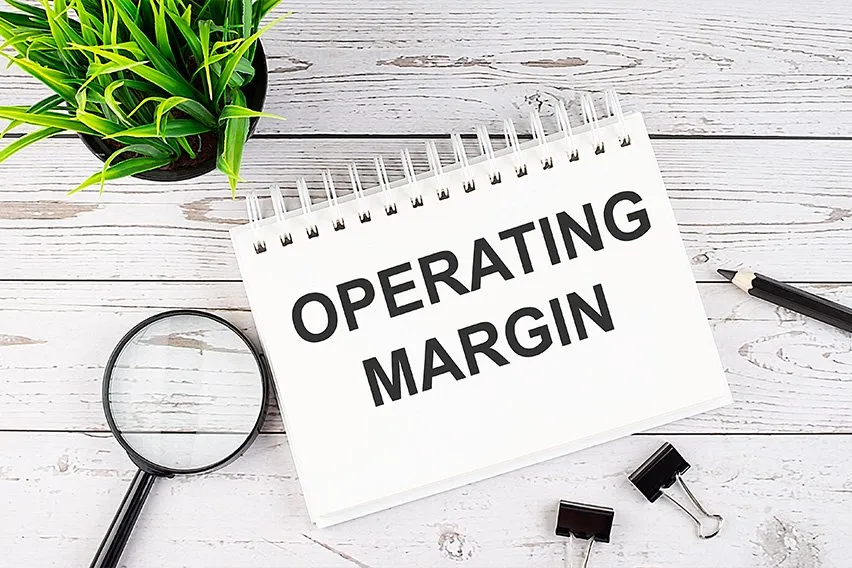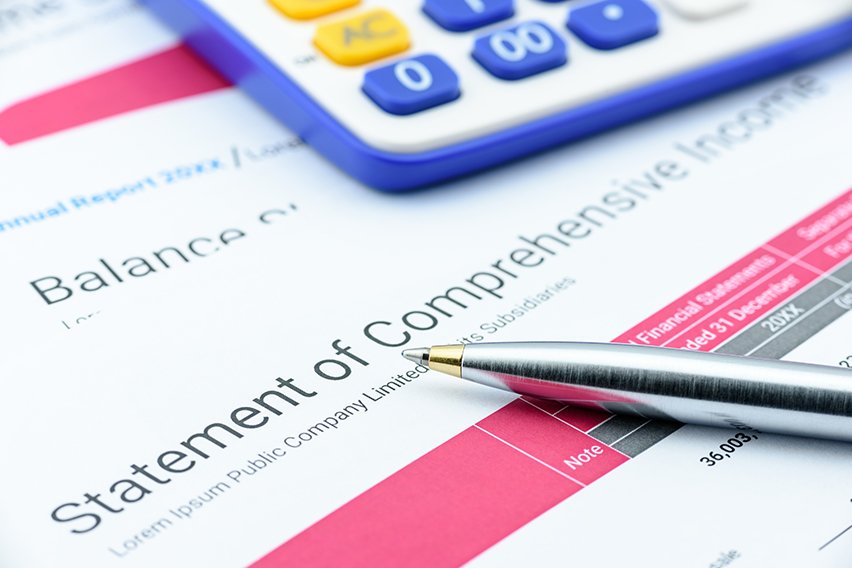Operating Margin Equation: How to Calculate

You can use the following equation to calculate the operating margin of a business:
Operating Margin = (Operating Income/Net Sales Revenue) x 100
Operating Income is the EBIT, or “Earnings Before Interest and Taxes”.
Net Sales Revenue is a company’s gross sales minus the cost of returns, allowances, and discounts.
Here’s What We’ll Cover:
Is Operating Margin the Same as EBIT?
Why Is Operating Margin Important?
What Is a Good Operating Margin?
What Is the Difference Between Gross Profit Margin and Operating Margin?

What Is Operating Margin?
Operating Margin is the ratio of a company’s profitability, specifically how much it makes on a dollar of sales after removing almost all expenses, such as cost of goods sold as well as operational, depreciation and amortization costs.
Interest and tax expenses are not included in the calculation.
Operating Margin is also known as:
- Operating Income Margin
- Operating Profit Margin
- EBIT Margin
- Return on Sales (ROS)
Is Operating Margin the Same as EBIT?
EBIT stands for “Earnings Before Interest and Taxes”, and it is not the same as “Operating Margin”. EBIT is a number used to calculate operating margin.
“EBIT Margin” and “Operating Margin” are considered to be the same.
Why Is Operating Margin Important?
One of the ways the management of a company can learn whether its business is successful or not is by looking at the operating margin ratio on its financial statements. That’s because the ratio is a direct reflection of how well expenses are being managed. The higher the number, the higher the return the company is seeing on its sales.
Creditors and stockholders are very interested in a company’s operating margin because it can reflect future profitability.
Operating Margin Example
David’s Drinks is a soft drink company based out of Seattle. He has been in business for 4 years, and his accounting department needs to calculate the operating margin for the company for the last year. Here are the figures he has to work with:
Gross Profit: $850,000
Discounts, Returns, Allowances: -$50,000
Net Sales Revenue $800,000
COGS: -$500,000
Operational Expenses: -$150,000
Operating Income: $150,000
COGS = Cost of Goods Sold (materials, direct labor and manufacturing overhead costs to produce the product).
Operational Expenses = rent, equipment, staff salaries, employee benefits, research and development, inventory costs, building or property costs, marketing, payroll, insurance.
(Operating Income/Net Sales Revenue) x 100 = Operating Margin
For David’s Drinks, the numbers for the operating margin calculation work out as follows:
($150,000/$800,000) x 100 = 18.75%
This means for every $1.00 in sales, David’s Drinks makes 18.75 cents in profit (before interest and taxes).

What Is a Good Operating Margin?
According to Investopedia, in 2017, the average operating margin as determined by the S&P (Standard & Poor’s 500 Index) was 11%. This means David’s Drinks is doing above average, outperforming the overall market.
However, a good operating margin ratio depends on the industry a business is in. When David is considering his financials, he should not be comparing his operating margin performance to that of a mobile phone manufacturer. This is because the business model for every industry is different. Banks, for instance, experience much higher operating margins than companies in the newspaper industry.
Lastly, small businesses typically may need a higher operating margin ratio than larger ones. A small company that has a 7% operating margin from the sale of 200 products a year, may not be considered as successful as a larger company, within that same industry, that also has a 7% operating margin but offloads 20,000 products annually. This is because the larger business can survive through massive volume of sales, whereas the smaller company may have a problem just making payroll expenses.
What Is the Difference Between Gross Profit Margin and Operating Margin?
Gross Profit Margin
Gross Profit Margin is a very basic cost calculation, it is the Revenue minus cost of goods sold.
Operating Margin
Operating Margin is considered to provide a more important number for financial considerations. Like Gross Profit Margins, it takes into account cost of goods sold, but also factors in deductions from product discounts and returns, and removes operational expenses too from the final total.
RELATED ARTICLES

 Chart Of Accounts: Definition, Types And How it Works
Chart Of Accounts: Definition, Types And How it Works What Is Comprehensive Income? It’s Income Not yet Realized
What Is Comprehensive Income? It’s Income Not yet Realized What Is Double-Entry Bookkeeping? A Simple Guide for Small Businesses
What Is Double-Entry Bookkeeping? A Simple Guide for Small Businesses How to Create a Multi-Step Income Statement: A Guide to In-Depth Financial Reporting
How to Create a Multi-Step Income Statement: A Guide to In-Depth Financial Reporting The 12 Branches of Accounting: Their Uses and How They Work
The 12 Branches of Accounting: Their Uses and How They Work Cost of Goods Sold: What Is It and How To Calculate
Cost of Goods Sold: What Is It and How To Calculate